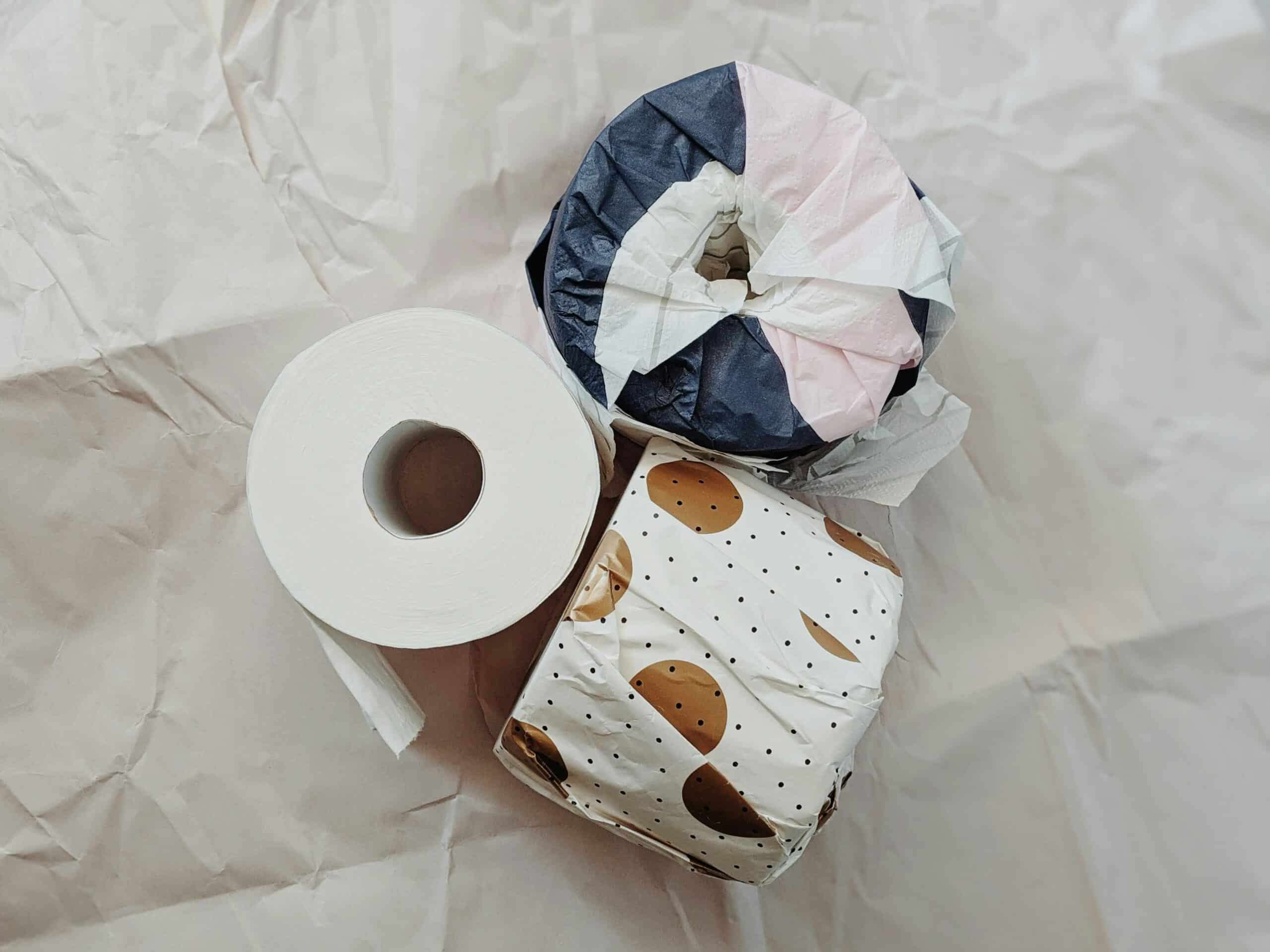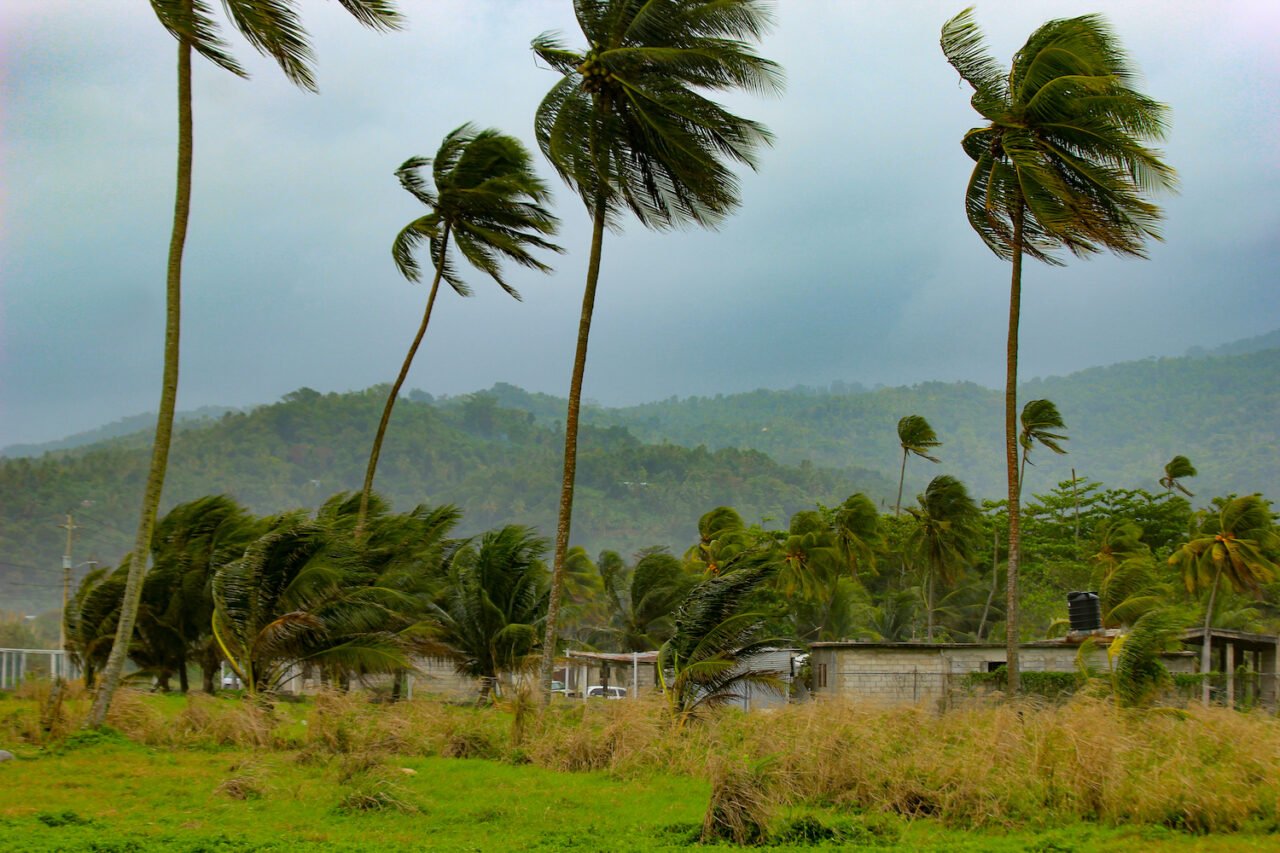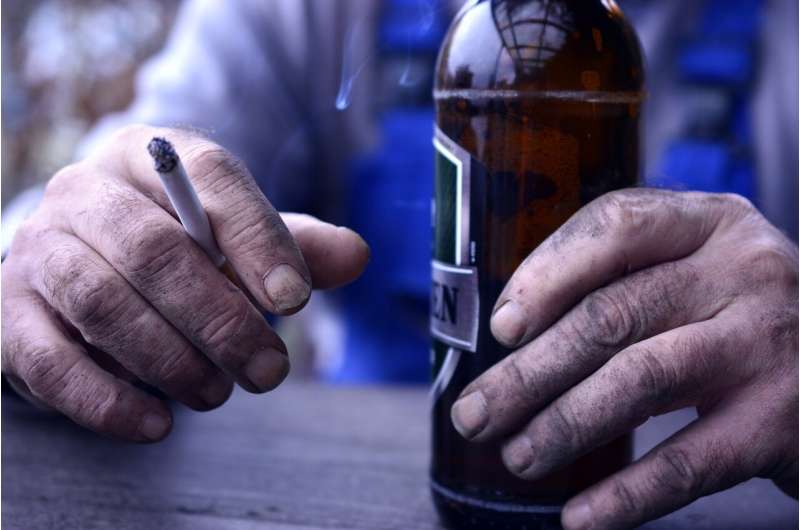Research from North Carolina State University has raised significant questions about the environmental benefits of bamboo tissue paper, a product often marketed as eco-friendly. The findings indicate that bamboo tissue made in China may not provide the climate advantages commonly believed, and in some cases, could be more harmful to the environment compared to tissue produced in the United States.
The study, published on September 23, 2023, in the journal Cleaner Environmental Systems, compared the carbon footprints of bamboo tissue paper manufactured in China with that of conventional wood-based tissue from the U.S. and Canada. Researchers discovered that the reliance on coal within China’s power grid leads to higher emissions throughout the entire supply chain, overshadowing any potential benefits of using bamboo as a raw material.
Naycari Forfora, the lead author and a Ph.D. candidate in the NC State College of Natural Resources, stated, “As far as emissions go, the technology used to create hygiene tissue paper is far more important than the type of fiber it’s made from.” The study highlights that while bamboo itself does not produce more greenhouse gases than traditional wood, the coal-based energy sources used in Chinese manufacturing significantly increase emissions.
The data revealed that the production of bamboo tissue in China generates approximately 2,400 kilograms of carbon dioxide equivalent (kgCO2eq) per ton of tissue. In contrast, wood-based tissue manufactured in the U.S. results in 1,824 kgCO2eq per ton. Additionally, bamboo tissue underperformed in critical environmental categories such as smog formation, respiratory effects, and ecotoxicity.
Environmental Impact of Bamboo vs. Wood
Co-author Ronalds Gonzalez, an associate professor at NC State University, emphasized that the production processes for bamboo are comparable to those used for other wood sources. “Bamboo is a crop like any other, and it goes through the same production processes as Brazilian or Canadian wood,” Gonzalez explained. He noted that consumers often perceive bamboo as a “tree-free” option, but the cultivation and harvesting methods are similar to those for traditional trees.
The researchers found that when bamboo production occurs in regions with cleaner electrical grids, the environmental differences diminish. This reinforces the importance of technological advancements in reducing emissions, suggesting that improvements in energy sources may have a more significant impact on sustainability than simply changing fiber types.
The study highlights the necessity for consumers to critically evaluate the environmental claims associated with bamboo products. With the increasing popularity of bamboo tissue, particularly among eco-conscious shoppers, understanding the full lifecycle emissions is essential for making informed choices.
The authors are affiliated with the Sustainable & Alternative Fibers Initiative (SAFI) at North Carolina State University. This initiative is the largest coalition globally focused on advancing knowledge regarding the sustainability of both conventional and alternative fibers. SAFI collaborates with over 30 partners across industry, academia, and government to promote innovation and responsible fiber development.
The research paper, titled “Comparative life cycle assessment of bamboo-containing and wood-based hygiene tissue: Implications of fiber sourcing and conversion technologies,” includes contributions from researchers Rhonald Ortega, Isabel Urdaneta, Ivana Azuaje, Keren A. Vivas, Hasan Jameel, and Richard Venditti of NC State University.
With growing consumer interest in sustainable products, this study serves as a crucial reminder that environmental impacts can vary significantly based on production methods, challenging the notion that bamboo is inherently superior to traditional wood sources.







